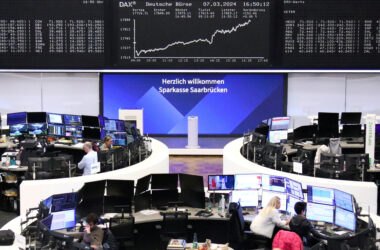Despite the EU championing hydrogen as a cornerstone of its green agenda, the industry faces significant setbacks, with a growing number of projects delayed or canceled.
According to energy research firm Westwood Insight, over 20% of Europe’s hydrogen initiatives have been scrapped or paused, impacting 29 gigawatts of planned green energy capacity across 11 countries.
The main culprits? High costs, funding hurdles, and weak demand. Even with substantial EU and national government subsidies, green hydrogen remains far from cost-competitive compared to fossil fuels. Bloomberg’s analysis points out that green hydrogen prices are still prohibitively high, and Norwegian electrolyser manufacturer NEL temporarily halted production due to low demand, seeing its stock value plunge by over 70% since May.
Several major energy players, including Shell, Equinor, Repsol, and BP, have scaled back or canceled projects. Notably, Shell and Equinor shuttered their “Clean Hydrogen to Europe” pipeline project in September, citing insufficient market demand, despite Germany’s urgent need for energy.
The European Commission has heavily promoted hydrogen as essential to its 2050 carbon neutrality goals, describing it as “crucial for the EU’s commitment to the Paris Agreement and zero pollution efforts.” To support this, the EU has funneled billions into initiatives like the European Hydrogen Bank (€3 billion in subsidies), the Clean Hydrogen Partnership (€1 billion from 2021-2027), and large-scale funding for hydrogen infrastructure under programs like Hy2Move and Hy2Infra.
However, the EU’s own energy regulator, ACER, warns that Europe is likely to miss its 2030 renewable hydrogen targets due to high costs, uncertain demand, infrastructure challenges, and a lack of integrated planning. While the EU aims to use 20 million tonnes of renewable hydrogen annually by 2030, it currently consumes 7.2 million tonnes—99.7% of which comes from fossil fuels. Renewable hydrogen, produced via electrolysis, remains three to four times more expensive than natural gas-derived hydrogen.
Unlike the declining costs of wind and solar energy, hydrogen production costs are rising and expected to increase further in 2025. Currently, hydrogen accounts for less than 2% of Europe’s energy consumption, primarily as a raw material in industrial sectors like chemicals and fertilizers, with little adoption as a clean energy source.
Bloomberg analyst Payal Kaur suggests green hydrogen might gain competitiveness in regions like China, India, and Texas, where renewable energy expansion is more cost-effective.
Responding to concerns, a European Commission spokesperson highlighted ongoing efforts to support the hydrogen market, including regulatory frameworks, funding, and investments. They emphasized progress, citing 250 renewable hydrogen projects across the EU, some operational and others under development, with capacity expected to double through the European Hydrogen Bank. However, they acknowledged that “our work is far from finished” and emphasized the need to accelerate adoption and engage stakeholders to realize the EU’s hydrogen ambitions.
While the Commission remains optimistic, the challenges facing hydrogen’s rollout underscore the steep road ahead for Europe’s green energy transition.




